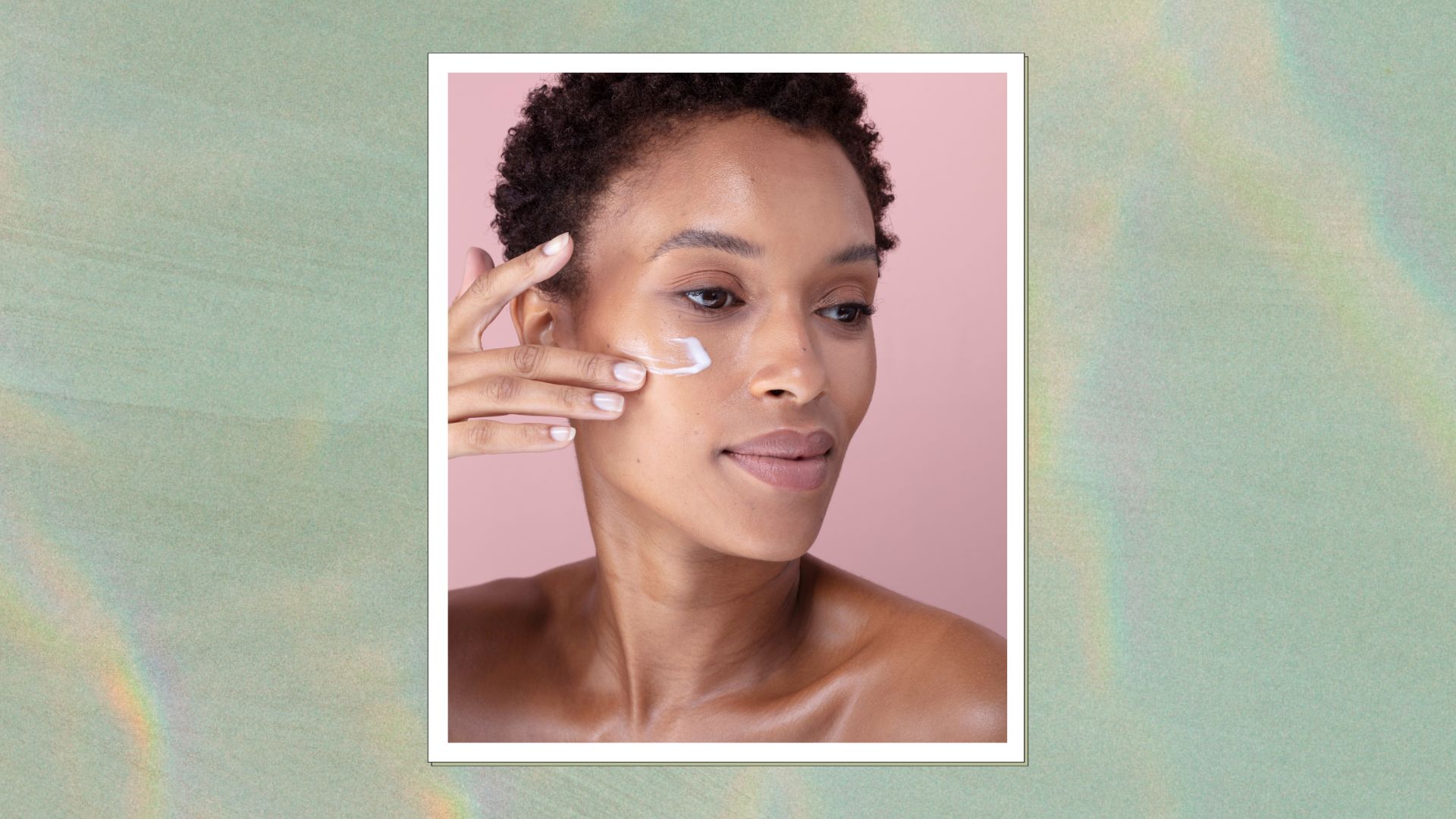3 reasons your moisturiser isn't working any more, according to skin doctors
Before you slather on another coat of face cream, read this

Fiona McKim
Do you ever feel like your moisturiser just isn't working, no matter how dutifully you apply it?
Equipped with the knowledge that your best face cream and serum are the Batman and Robin of your skincare routine, you've invested in both products. But for some reason, your skin still feels dry even after liberal applications. In fact, it feels drier than before you embarked on this skincare journey. What's going on?
There could be several reasons for your skin not looking particularly juicy right now - better still, all are easily rectified.
Three reasons your moisturiser isn't working, according to experts
1. Your skin isn’t damp
Moisturiser is best absorbed by skin with a small amount of water on it. That's especially true of hyaluronic acid, which has an incredible capacity to draw in and hold onto water - but only if it there is moisture there in the first place.
So if you apply hyaluronic acid to dry skin in a dry climate (thanks, air conditioning and central heating), it can actually leave your skin thirstier than ever before. "Hyaluronic acid will draw moisture from wherever it can find it to hydrate the surface of your face, including the deeper layers of your skin if there is no humidity in the air," explains aesthetic doctor, Dr Sophie Shotter.
So use a gentle toner or face mist first to give your hyaluronic acid a reserve of moisture to draw from. This strategy will also ramp up the absorption of the rest of your moisturising arsenal.

This gentle yet powerful face mist is made with antioxidant, hydrating and prebiotic ingredients, so as well as assisting your moisturiser's absorption, it has multiple benefits for your skin. Roobios tea helps ward off environmental damage while coconut water and aloe vera draw moisture into the skin.

This budget-friendly mist packs in a lot of skincare action, including barrier-replenishing ceramides, antioxidant-rich green tea and skin-balancing superstar niacinamide. The spray action isn't quite as elegant as pricier options, but the beautiful texture and instant hydration effect more than make up for it.
2. You're overdoing it
You may think that slathering on a thick layer of moisturiser is the answer to all your dry skin needs. Actually, the opposite is true. It may sound counterintuitive, but "over-moisturising the surface of your skin sends a signal that it has enough water, lipids and protein," says aesthetic doctor Dr Barbara Sturm, who counts Gwyneth Paltrow as a client.
Sign up to our free daily email for the latest royal and entertainment news, interesting opinion, expert advice on styling and beauty trends, and no-nonsense guides to the health and wellness questions you want answered.
As a result, skin gets lazy and starts to produce less hydration and nutrients of its own. The result? We get trapped in a vicious cycle of applying ever richer creams.
This sounds like a catch-22 situation, but all it takes is simplifying your skincare routine to see if this is indeed the underlying issue. If you have a multi-step regimen, try stripping it back to one treatment and one hydrator, using half the usual quantity of each. If your skin's hydration improves within a week or two, then you have your solution.
3. The formula is missing essentials
When it comes to hydration, not all ingredients are created equal. So if you nail this part of your regime, you won't be tempted to ever over-moisturise again.
When skin ages, the lipids in the skin's protective barrier slowly break down; minuscule cracks appear and moisture leaks out of your skin. Added to this, the levels of hyaluronic acid that our skin cells produce to help them retain moisture also take a dip.
Humectants like hyaluronic acid (HA) can help to prevent this, but only if the molecules are formulated in a mix of high and low-weight forms. "A lot of hyaluronic acid molecules are too large to penetrate the skin," says Dr Sturm. "We use a low molecular weight in our Hyaluronic Serum as this allows for easier penetration into the deeper layers of skin.
Once it has reached the collagen and elastin fibres, HA can bind them with water, improving skin elasticity. The higher weight molecules feed the surface with hydration."
Glycerin is another great humectant, as is shea butter, but it's important to then lock all that goodness in with a ceramide-rich cream.
"Your skin barrier is made up of ceramides, so when used in skincare, ceramides will form a protective layer over your skin to prevent moisture from escaping," says Shotter.
All of which equals plumper, happier, more balanced skin.

This contains all-important humectant glycerin plus several weights of hyaluronic acid in a watery-light texture that is particularly appealing during warmer months. It also works to strengthen the skin barrier, thus preventing moisture from escaping.

Elizabeth Arden are ceramide pioneers and include this barrier-replenishing ingredient across much of their skincare. This particular cram combines them with antioxidant rich Vitamin E and collagen-revving ingredient of the moment, peptides.
Fiona Embleton is an award-winning beauty director with over 15 years of industry experience and has held staff positions on Stylist, Marie Claire, Cosmopolitan and Glamour. She covers all aspects of the beauty industry and specialises in long-read features, fragrance and skincare.
- Fiona McKimBeauty Editor, womanandhome.com